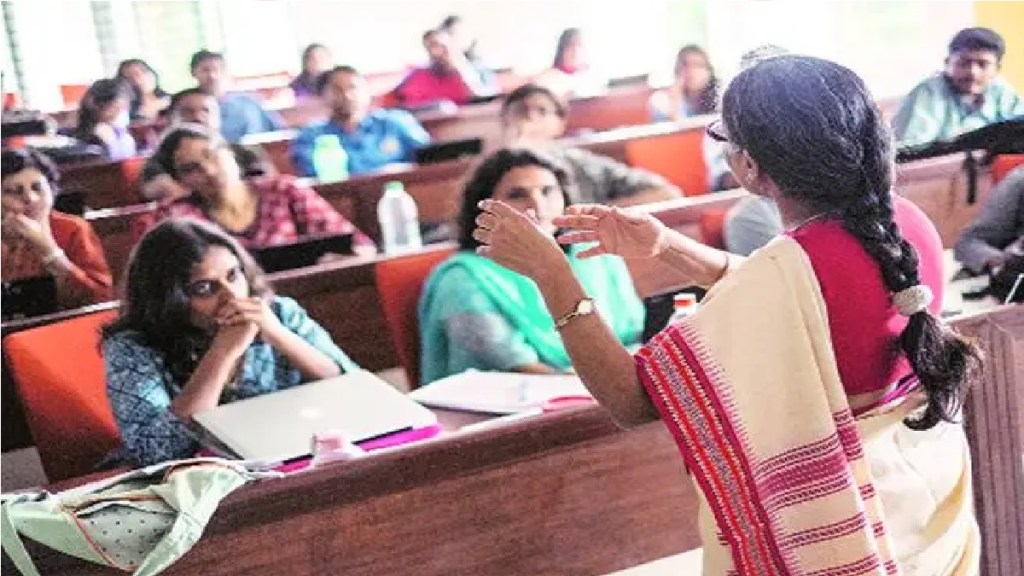By Lt Gen MD Venkatesh
The landscape of higher education is undergoing rapid change due to expanding diversity of institutions, the surrounding cultural context, and the competitive ecology. Since the First Education Commission in 1948, education has gone through various reforms. Government expenditure on the sector has grown, bodies like the National Assessment and Accreditation Council have been set up, and schemes, policies and Bills have been introduced. But not all has gone according to plan.
Higher education landscape
As per the latest All India Survey on Higher Education (AISHE) (2021-22), enrolment was up to 40 million — a huge jump. The survey noted we have over 1,000 universities, 44,000 colleges, and 1.5 million teachers. These numbers signify India’s stature as a giant, but only in absolute terms, not if we consider quality of education.
Challenges and NEP 2020
Poor physical infrastructure, outdated curricula, systemic inequities, indifferent attitude towards research, substandard/insufficient faculty, low enrolment, and lack of academic autonomy are the barriers to quality higher education. Some states have seen an explosion of modest-quality private colleges catering to few students — not an efficient way to operate.
Things are not great on the public universities front either. These are usually affiliated with several lesser institutions while comprising inadequate facility and overworked staff of their own, creating an administrative headache. Besides, government funding in higher education sector is insufficient. The rich-poor divide and unequal access are another tragic reality.
The NEP 2020 could not have been announced at a more appropriate time — it has outlined reforms across levels, and delves deep into restructuring institutions and curricula, modernising teacher training, supplying qualified teachers, destigmatising vocational education, removing inequities, bolstering research, and developing learning environments that give learners the best experience.
Sustainable growth
The number of higher education aspirants will grow. Providing this talent pool enough support is top priority. The NEP 2020 states that vocational training will be integrated smoothly into higher education, beginning from middle school.
Teacher training is beyond crucial. It’s time to move on from old-world teaching practises and prepare teachers with fresh ideas, contemporary skills and progressive pedagogy. The four-year Integrated Teacher Education Programme (ITEP) in the NEP 2020 is a fantastic start by having teaching graduates combine their education degrees with arts, science or commerce. Teacher education will cover sociology, history, science, psychology, and often-overlooked essentials like early childhood care and education, foundational literacy and numeracy.
The NEP 2020 calls for a flexible, multidisciplinary approach to higher education, giving students sufficient avenues to fall back on in case ‘plan A’ doesn’t work. The UGC’s policies on ODL/online education are progressive and are a great enabler for increasing gross enrolment ratio. I foresee higher education being offered on-campus, online and blended, in a mode that is equitable, accessible and cost-effective.
Better late than never
With technological progress, cultural upheaval and modernisation intersecting, there is no dearth of external influences shaping how students learn and apply their knowledge in the real world. Gone are the days when students had an exclusive relationship with textbooks. The NEP 2020 is being gradually implemented, and if that implementation is done with solid planning and decisive action, we could be racing ahead of the world. As with most things, there is still hope.
The author is vice-chancellor, Manipal Academy of Higher Education. Views are personal

